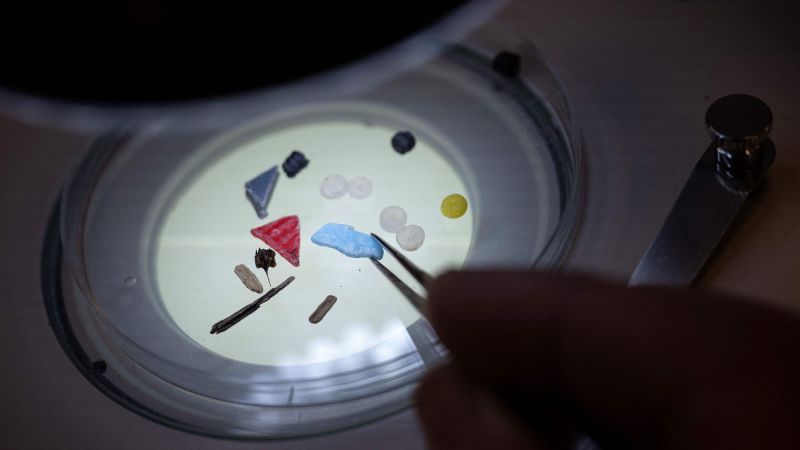Investing in a new pair of eyeglasses is not merely a purchase; it’s a significant commitment to your personal vision and overall eyecare, often involving considerable expense for advanced prescription lenses, stylish frames, and crucial protective coatings like anti-reflective, anti-scratch, and UV-protection. Preserving the integrity and clarity of this vital investment requires more than just a casual wipe; it demands a meticulous approach to cleaning that safeguards both the delicate lenses and their specialized treatments from irreparable damage.
Ironically, some of the most common cleaning habits are also the most detrimental to your expensive eyewear. Materials like paper towels, napkins, facial tissues, or even the corner of your shirt, while seemingly convenient for a quick smudge removal, possess a rough, fibrous texture that can act like fine sandpaper on your lenses. These materials are highly abrasive and can easily create microscopic scratches, especially on anti-scratch coatings, leading to a permanent hazy appearance that compromises your vision and diminishes the effectiveness of your investment.
Further exacerbating the problem is the use of inappropriate cleaning agents. Household glass cleaners, window sprays, or even saliva might seem like a quick fix, but they are formulated with harsh chemicals, ammonia, or alcohol that are entirely unsuitable for eyeglass lenses and their intricate coatings. These aggressive solutions can strip away the delicate anti-reflective or UV-protective layers, discolor frames, or leave behind a stubborn residue, permanently damaging the optical integrity and aesthetic appeal of your spectacles. Such practices fundamentally undermine the very purpose of your vision correction.
The “best” way to clean your eyeglasses involves a dedicated and gentle approach. Professional optometrists and eyecare specialists universally recommend using a cleaning solution specifically formulated for eyeglasses, which is designed to effectively break down oils and grime without harming lens coatings. Paired with this, a high-quality microfiber cloth is indispensable. Unlike other fabrics, microfiber is engineered with tiny fibers that lift and trap dust and smudges without scratching, ensuring a lint-free and streak-free clean that maintains optical clarity.
Before applying any solution or wiping, a crucial first step is to rinse your eyeglasses under a gentle stream of lukewarm tap water. This simple yet effective cleaning tip helps dislodge any larger dust particles, grit, or debris that might be clinging to the lenses or frames. Removing these particles beforehand prevents them from being dragged across the lens surface during wiping, which could otherwise cause micro-scratches even with a soft cloth. Once rinsed, a small amount of the specialized cleaning solution can be sprayed onto both sides of each lens.
After applying the solution, gently wipe the lenses and frames with your clean microfiber cloth. Use light, circular motions, ensuring all surfaces are covered. Avoid excessive pressure, as this can still potentially cause minute abrasions. Once clean, allow the glasses to air dry or gently blot them with a fresh, dry section of the microfiber cloth. Storing your eyeglasses in a clean, hard case when not in use also significantly contributes to their longevity, protecting them from dust accumulation and accidental damage, thereby preserving your investment in clear vision and optimal personal care.
Discover more from The Time News
Subscribe to get the latest posts sent to your email.






